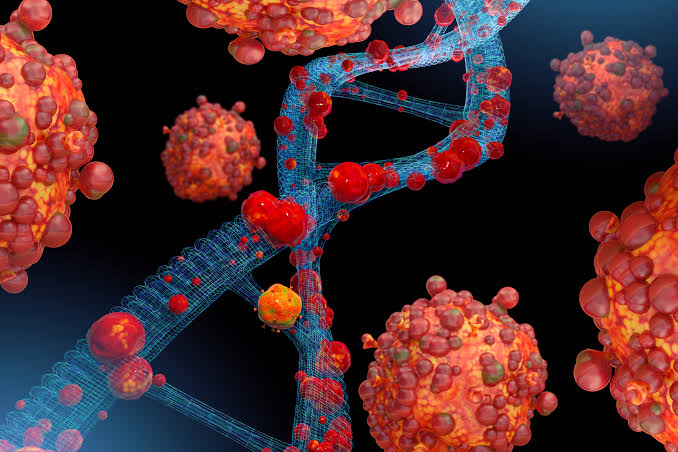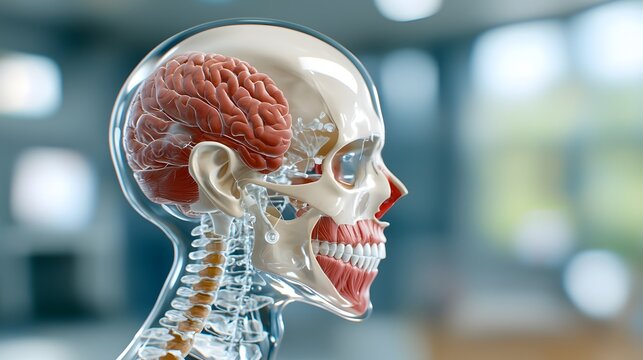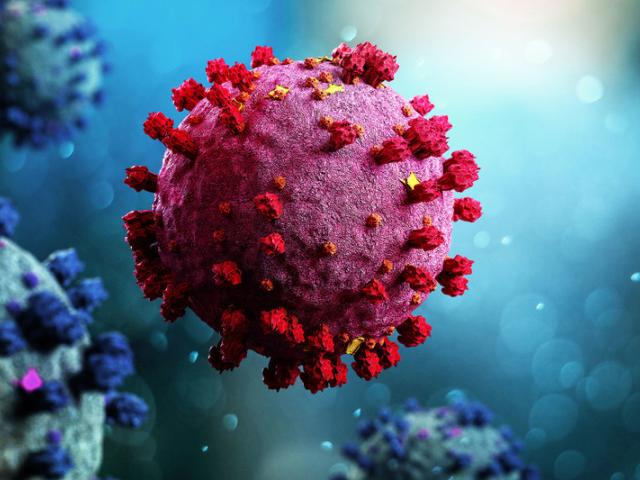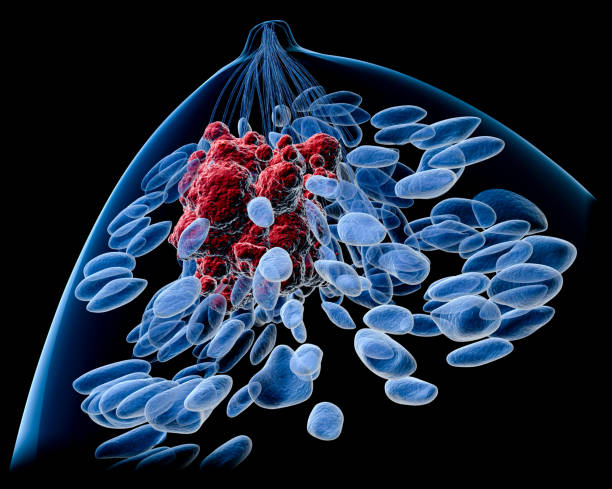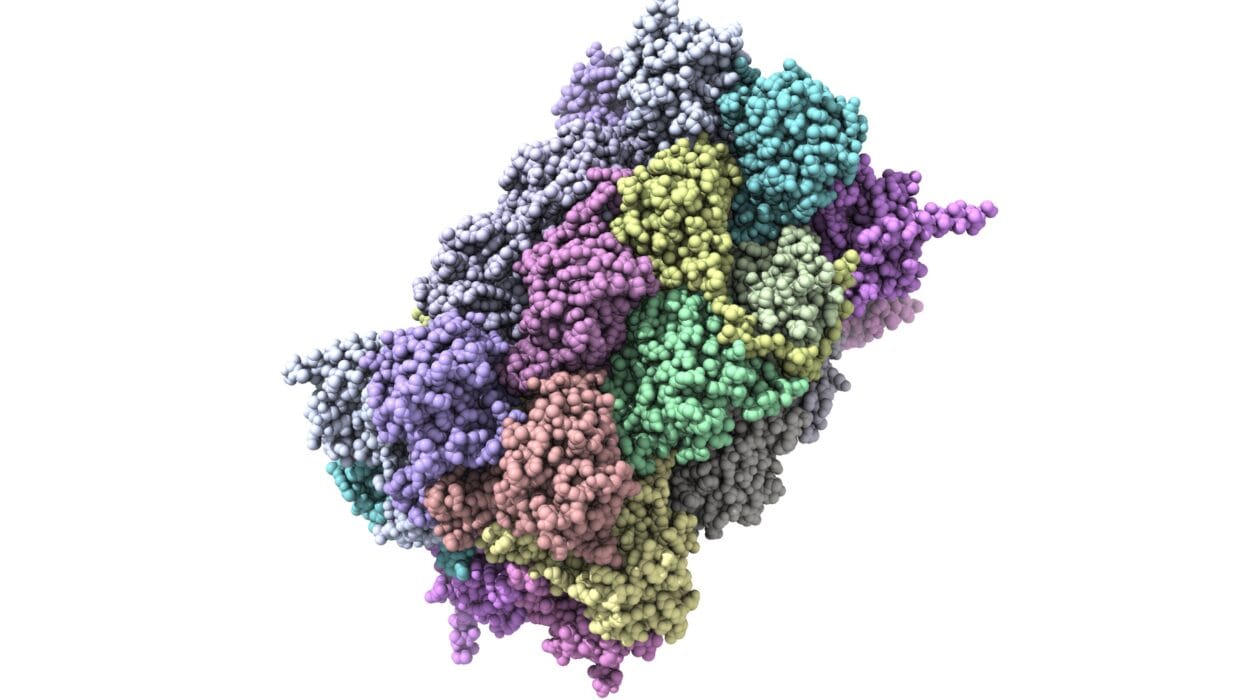The story of inherited diseases begins at the molecular level, where our genetic code holds the intricate instructions for building and maintaining the human body. At the heart of this code are DNA molecules that carry the blueprint for everything from the color of our eyes to the functioning of our organs. These instructions are passed down from generation to generation, and it is in this transmission that the seeds for many inherited diseases are sown.
DNA is composed of four chemical bases—adenine (A), cytosine (C), guanine (G), and thymine (T)—arranged in sequences that form genes. These genes determine our traits and, in some cases, the susceptibility to certain diseases. When mutations or errors occur in these genes, it can lead to diseases that are passed down through families, often for generations.
Inherited diseases are categorized into various types based on the inheritance patterns and the way they manifest. These include autosomal dominant diseases, autosomal recessive diseases, X-linked diseases, and mitochondrial disorders. Understanding how these patterns work is key to grasping how genetic conditions are passed down and how they affect individuals and families.
Autosomal Dominant Inheritance and Its Legacy
Autosomal dominant diseases are some of the most striking examples of inherited conditions. In these diseases, only one copy of an altered gene is required to cause the disease. This means that an individual with the mutated gene on one of their autosomes (non-sex chromosomes) will develop the condition, regardless of the gene’s other counterpart. Because of this, autosomal dominant diseases are often visible across multiple generations, with affected individuals passing the gene to their offspring.
One of the most well-known examples of autosomal dominant inheritance is Huntington’s disease, a neurodegenerative disorder that causes progressive brain dysfunction. The gene responsible for Huntington’s disease is located on chromosome 4, and a single mutated copy of this gene can cause the disease. Typically, affected individuals will begin to show symptoms in mid-adulthood, including movement problems, cognitive decline, and psychiatric symptoms.
Another autosomal dominant disease is Marfan syndrome, a connective tissue disorder that can affect the cardiovascular, skeletal, and ocular systems. Individuals with Marfan syndrome often have tall, slender frames, long limbs, and fingers. The condition can lead to serious heart problems, especially an enlarged aorta, which can be fatal if not managed. The gene responsible for Marfan syndrome is the FBN1 gene, which provides instructions for making a protein called fibrillin-1, a key component of connective tissue. A mutation in this gene disrupts the normal structure of connective tissue, leading to the wide-ranging symptoms of the disorder.
In autosomal dominant diseases, an affected person has a 50% chance of passing the altered gene to each of their children. This means that the risk of inheritance is significant, and families with a history of dominant genetic diseases often carry the burden of knowing that future generations may be affected.
Autosomal Recessive Inheritance and Its Subtle Pathways
In contrast to autosomal dominant diseases, autosomal recessive diseases require both copies of a gene—one inherited from each parent—to be mutated for the disease to manifest. If an individual has only one mutated copy of a gene, they are considered a carrier, and typically, they do not show symptoms of the disease. However, when both parents are carriers, there is a 25% chance that their child will inherit both mutated copies of the gene, thus developing the disease.
One classic example of an autosomal recessive disease is cystic fibrosis, a genetic disorder that affects the respiratory, digestive, and reproductive systems. The gene responsible for cystic fibrosis is the CFTR gene, which codes for a protein that regulates salt and water transport in cells. When this gene is mutated, it leads to the production of a thick, sticky mucus that can clog the airways and digestive tract, causing breathing difficulties, infections, and malnutrition.
Sickle cell anemia is another example of an autosomal recessive disease. It is caused by a mutation in the HBB gene, which encodes hemoglobin, the protein responsible for carrying oxygen in red blood cells. In sickle cell anemia, the altered hemoglobin forms rigid, crescent-shaped cells that can block blood flow, leading to pain, organ damage, and an increased risk of infection.
Autosomal recessive diseases are often more insidious in their transmission, as carriers of the disease typically do not know they are passing on a mutated gene. In some cases, the disease may not manifest until later in life, making it harder to trace the genetic history of a family. For families with a history of autosomal recessive conditions, genetic counseling is often recommended to help assess the risk of passing these diseases on to future generations.
X-linked Inheritance and the Role of Gender
Some inherited diseases are carried on the X chromosome, one of the two sex chromosomes that determine gender. Because males have only one X chromosome (XY), while females have two (XX), the inheritance patterns for X-linked diseases are distinct. In males, a single mutated gene on the X chromosome will lead to the expression of the disease, as they do not have a second X chromosome to compensate for the defect. In females, the presence of a second, usually healthy X chromosome often reduces the severity of the disease, though some X-linked disorders can still manifest in females, especially if the second X chromosome is also mutated or inactivated.
One of the most common X-linked diseases is hemophilia, a bleeding disorder caused by mutations in genes that encode blood clotting factors. Hemophilia A, the most common form, results from a mutation in the F8 gene, which codes for clotting factor VIII. Without enough functional clotting factor, blood cannot clot properly, leading to prolonged bleeding after injury and internal bleeding in the joints and muscles. Hemophilia is typically passed down from mothers who carry the mutated gene to their sons, who are at risk of inheriting the disease.
Another X-linked disease is Duchenne muscular dystrophy, a severe form of muscular dystrophy that primarily affects boys. Duchenne muscular dystrophy is caused by mutations in the DMD gene, which encodes the protein dystrophin, essential for muscle function. Without dystrophin, muscle cells are damaged during normal use, leading to progressive muscle weakness and eventually loss of mobility.
Because X-linked diseases disproportionately affect males, they often highlight the intersection between genetics and gender. In some cases, affected males pass the mutated X chromosome to their daughters, who become carriers of the disease, potentially passing it to future generations.
Mitochondrial Inheritance and the Maternal Line
While most genetic diseases are passed down through the nuclear DNA, there is a separate set of inheritance rules for diseases caused by mutations in mitochondrial DNA (mtDNA). Mitochondria are the powerhouses of the cell, and they contain their own small genome, distinct from the nuclear DNA found in the cell’s nucleus. These mitochondria are inherited exclusively from the mother, as sperm contribute little to the mitochondrial DNA during fertilization.
Mitochondrial diseases are thus inherited through the maternal line. One of the most well-known mitochondrial disorders is Leber’s hereditary optic neuropathy (LHON), which causes sudden vision loss, typically in young adulthood. LHON is caused by mutations in mitochondrial genes that affect the function of the optic nerve, leading to visual impairment.
Another mitochondrial disorder is MELAS (mitochondrial encephalomyopathy, lactic acidosis, and stroke-like episodes), a condition that affects multiple organ systems, including the brain, muscles, and heart. MELAS can cause a range of symptoms, including seizures, hearing loss, and muscle weakness. Because mitochondrial DNA is inherited only through the mother, these diseases are passed from mother to child without being influenced by the father’s genetic material.
Genetic Testing and the Promise of Early Detection
Advances in genetics have dramatically improved our understanding of inherited diseases and have made it possible to detect many of these conditions before symptoms appear. Genetic testing is a powerful tool in identifying mutations in specific genes, allowing for early diagnosis, family planning, and tailored treatments.
For example, couples with a family history of genetic disorders such as cystic fibrosis or sickle cell anemia can undergo carrier screening to determine whether they are carriers of the disease. If both partners are found to be carriers of the same recessive gene, they can discuss options like prenatal testing or in vitro fertilization (IVF) with genetic screening of embryos to avoid passing the condition on to their children.
In some cases, genetic testing can also help identify the specific mutations responsible for a disease, allowing doctors to provide more personalized treatment options. For example, certain forms of breast cancer are linked to mutations in the BRCA1 and BRCA2 genes. Women with these mutations are at higher risk for developing breast and ovarian cancers, and genetic testing can help guide preventive measures, such as early screening or even prophylactic surgery.
The Ethical Dimensions of Inherited Diseases
While genetic testing has opened up new possibilities for prevention and treatment, it also raises complex ethical questions. The ability to predict the future health of an unborn child or a young person can be empowering, but it also brings challenges. Questions of privacy, consent, and the potential for discrimination or stigmatization arise, especially when genetic information is shared with employers, insurance companies, or even the broader public.
Moreover, the discovery of genetic mutations does not always lead to clear solutions. For some inherited diseases, treatments may be limited, and in cases where no cure is available, the knowledge of one’s genetic fate can be emotionally overwhelming. Families may also face difficult decisions regarding reproductive options, such as whether to undergo genetic counseling, prenatal screening, or other forms of intervention.
Looking to the Future
The future of inherited diseases lies in ongoing research and technological innovation. Gene editing technologies like CRISPR-Cas9 hold the promise of directly correcting genetic mutations, potentially offering a cure for certain inherited diseases. However, this technology also raises concerns about its ethical implications, particularly in terms of germline editing, which could alter the genetic makeup of future generations.
Additionally, advancements in gene therapy are beginning to offer hope for patients with inherited diseases. Gene therapy involves replacing or repairing defective genes within an individual’s cells, aiming to correct the underlying cause of the disease. While still in the early stages, gene therapy has shown promising results in treating conditions such as severe combined immunodeficiency (SCID), also known as “bubble boy” disease, and spinal muscular atrophy (SMA).
As our understanding of genetics continues to evolve, so too will our ability to prevent, treat, and ultimately cure inherited diseases. Whether through early detection, gene therapy, or even gene editing, the future offers hope for families impacted by these conditions.
